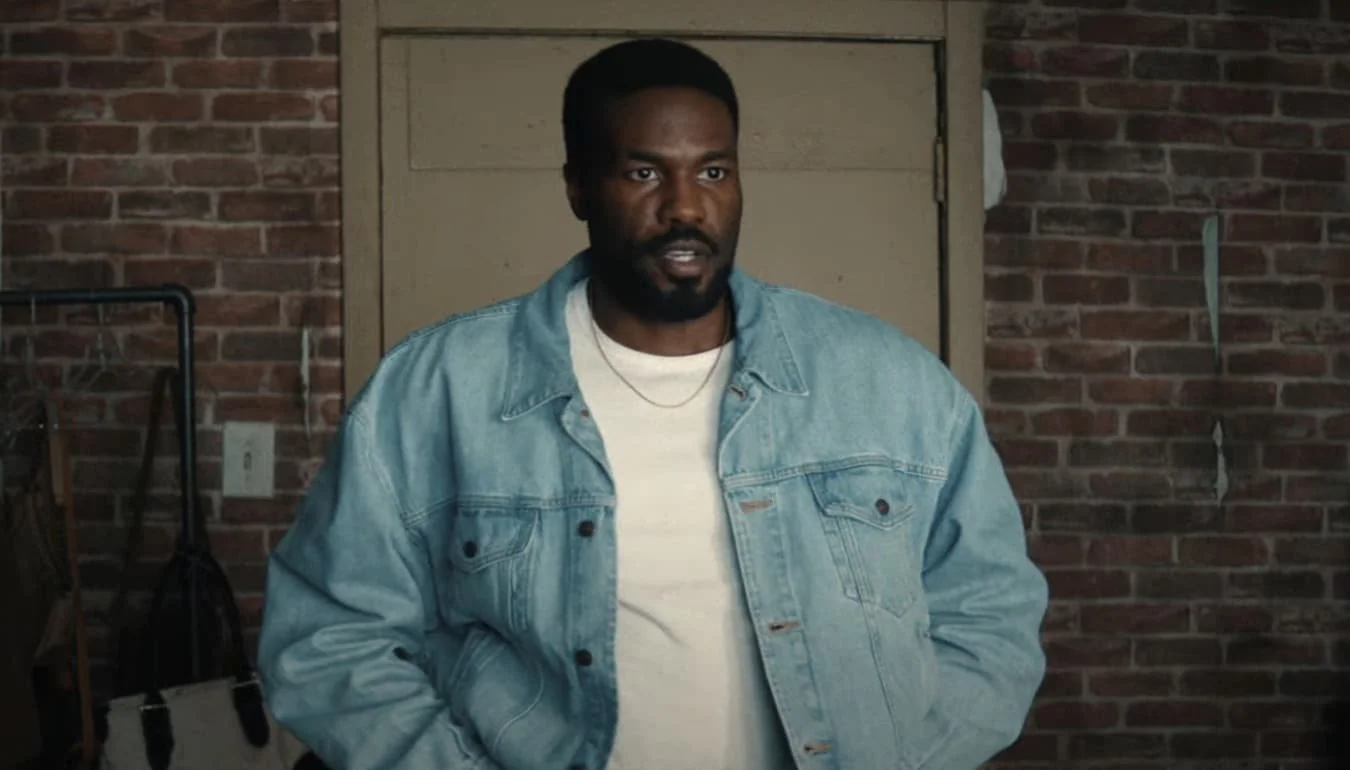Once Upon A Time In Hollywood
/Quentin Tarantino is at this point one of a certain old guard of Hollywood auteurs—popular enough to be casually mentioned by surname, like Spielberg or Kubrick. “It’s a Tarantino movie” is all a studio needs to say to carry a movie—even one such as Once Upon A Time In Hollywood, seemingly borne of a challenge to pack as many A-list actors as possible into a coherent script, taking on Hollywood itself as its subject matter.
As one might expect, having reached his 9th major filmic foray, the trailer for “Once Upon A Time In Hollywood” owes much to the substance of its style. The recipe is no-nonsense: Pair together Brad Pitt and Leonardo DiCaprio, have Tarantino direct, fund with a healthy $100 million budget, shake well with a 60s soundtrack.
The trailer is roughly cut into three parts, but the first two together are as long as the third (roughly thirty seconds each, and then a full minute), so one could see it either in two or three parts, structurally. 0:00 to 0:20 is accompanied by the 1966 song “Straight Shooter,” by The Mamas and the Papas. In this brief scene we see a bit of exposition establishing that we’ll see not only an inside look at the 60s Hollywood industry, but also some finished scenes from the films that are being made, suggesting some interesting possibilities to break—or, at least, bend—the proverbial fourth wall.
With the director card, from 0:31 to 1:02, the song changes to “Good Thing” by Paul Revere & The Raiders (1967). The title card’s words, and the shots that follow, are tightly cut to follow the rhythm of the song. Some dancing shots also follow the tempo of the tune, and so do the landing of fists in a series of stunt man scenes. The lack of music at 1:03 is almost jarring, emphasizing the last line of dialogue (“you’re better than that”), referring to a protagonist’s floundering career and also bringing his venting and frustration to the fore.
Finally, from 1:12 to 2:14 and then returning for the main title card from 2:18 to 2:24, Neil Diamond’s “Brother Love’s Traveling Salvation Show” (1969) is the energetic, rollicking tune that helps provide for the main set piece that ensues. Brad Pitt asks Leo DiCaprio, “alright, what’s the matter, partner?”, as almost hymnal piano chords resonate in the soundtrack, a moment of vulnerability. We get to see more evidence that we’re definitely looking at a period piece with the appearance of the late actress Sharon Tate (played here by Margot Robbie); her premature passing (at the hands of (Charles Manson’s gang) at the age of 26 in 1969 practically guarantees this film is a 60s piece, were it not already gleefully obvious in that quintessentially Tarantino way.
With songs firmly rooted in the mid to late 60s, their selection is obvious, but that doesn’t mean they aren’t effective. Moreover, quite a bit of painstaking editing synchronizes not only many of the shots, but also much of the acting, to the rhythm of the music. That fact that it looks so easy is a testament to how well the editing was done, in a style and spirit that’s suitably in keeping with Tarantino’s films themselves.
Once Upon A Time In Hollywood arrives in theatres July 26th.
— Curtis Perry







